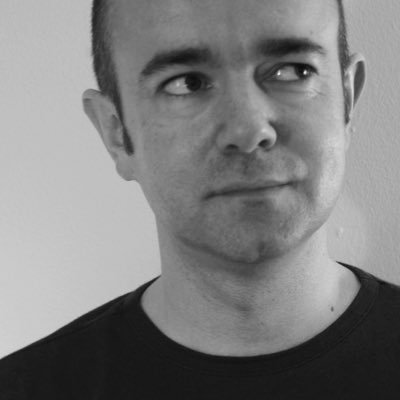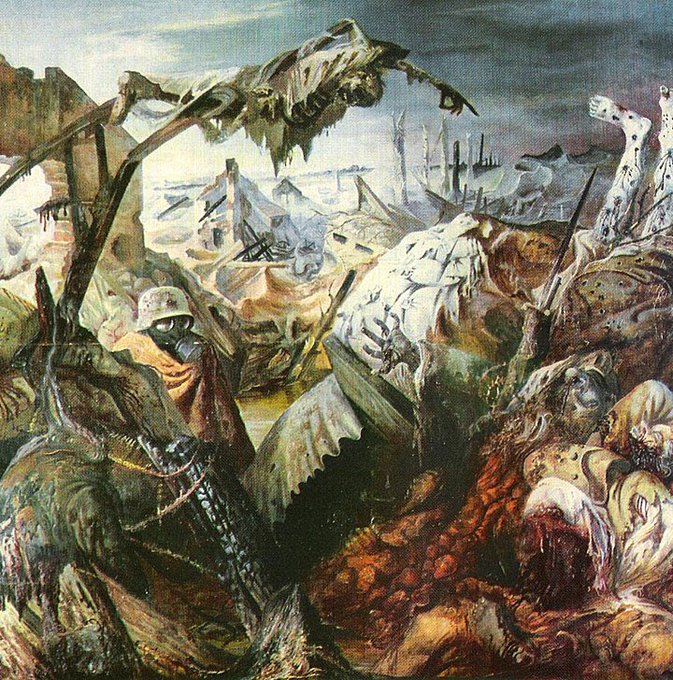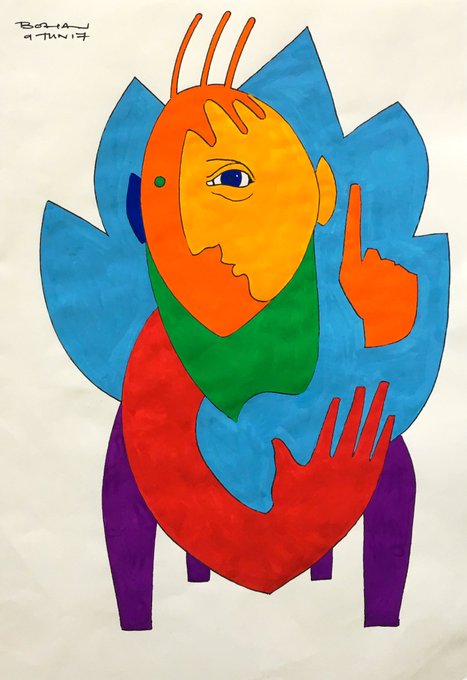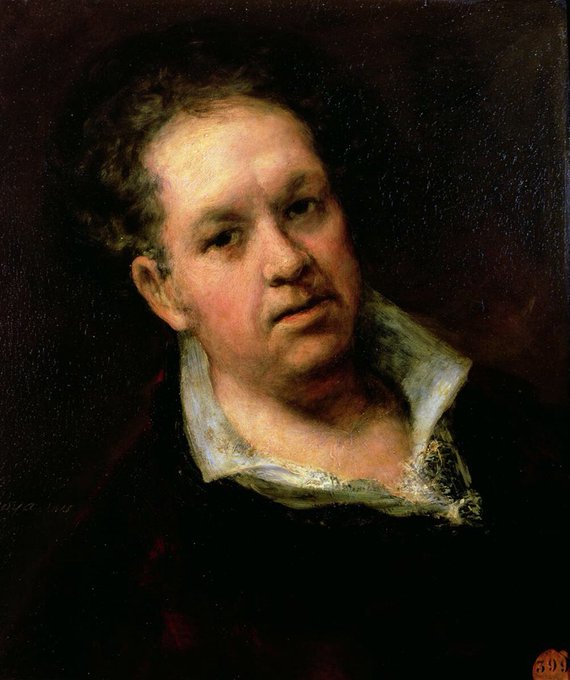It is, however, his paintings of war that are truly astonishing. His images truly capture the nightmare it entails
The self-portraits of Otto Dix are superb for their variety. A great German expressionist I recommend
She explores the expectations of being a woman & how that plays out in the subconscious
Cubism could be laughed at too. In a visual joke he had a third figure look over the sea horizon as if it’s a garden wall. He was capable of creating masterworks from humour, from self-examination & from his own fantasy.
(19) El Greco was a cosmopolitan artist whose birth in Greece gave him Byzantine roots, his training in Rome & Venice allowed a mannerist approach & finally his life in Spain gave him a mystical perspective. His style was unique. My favourite work of his is The Laocoön (1610-14)
(17) Jacques Louis David was the greatest Neoclassical artist. He moved from the frivolity of the Rococo to a more serious style that reflected the Revolution of his times & research. I like his The Funeral of Patroclus (1778) - it is one of his first classical works
(13) Titian was considered by his contemporaries to be the greatest living Venetian painter. His command of colour & understanding of how the eye mixes colours from a distance provided a richer visual experience closer to life. My favourite pic of his is Bacchus & Ariadne (1522)
Goya, like Rembrandt, chose to check in on his own mental state by carrying out a series of self-portraits. The first modern painter his work is always fascinating. Here’s how he saw himself throughout his life. The final pic shows his doctor helping him






























